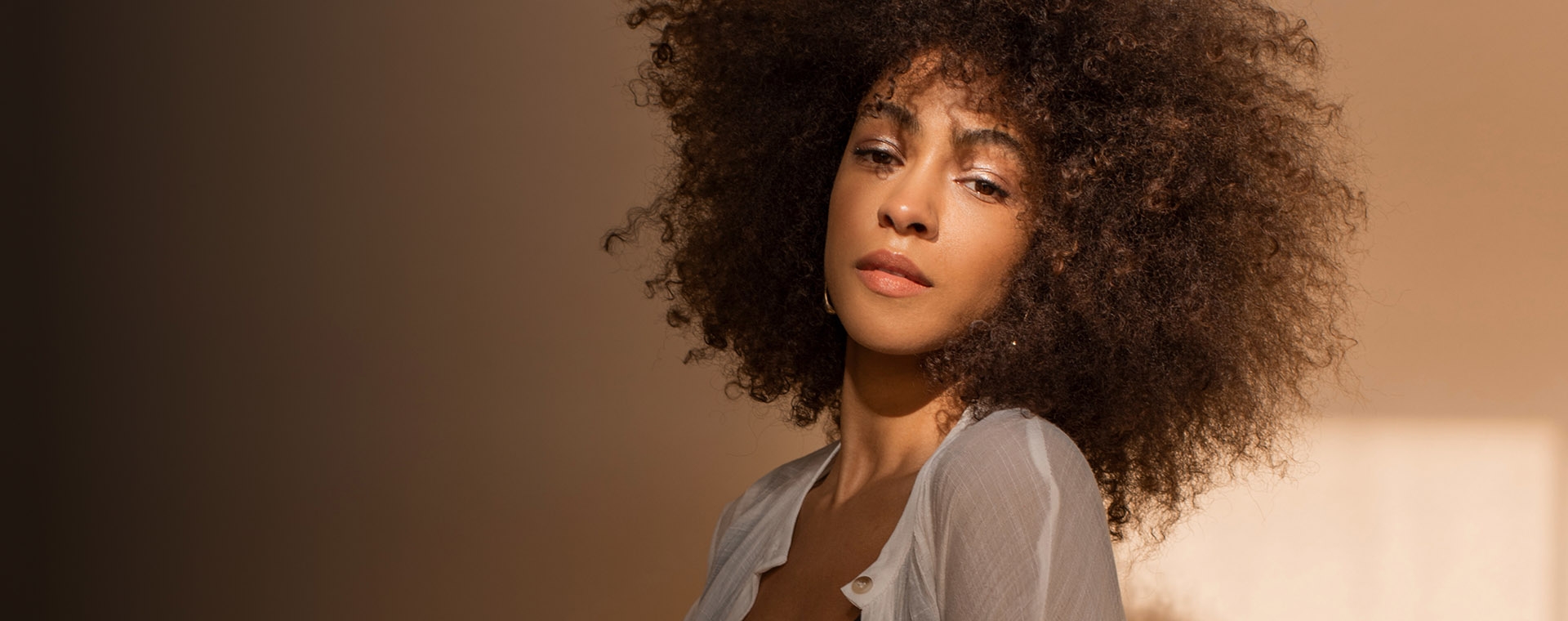Before performing any facelift, a detailed analysis of the person’s anatomy is mandatory. We need to understand the aging-related changes that happened over time and how to reverse them. The same is true when patients request revision surgery after previous face and neck lifts. More challenging a procedure than the first time around, it allows for correction of issues that may have left the patient dissatisfied after the first surgery.
Commonly, I notice minor deformities that may be quite troubling to the patient; for instance, the earlobes. Most women like to have pretty earlobes for their jewelery; but if these earlobes are stretched and surrounded by visible scars as a result of a facelift, no ear studs will cover it.
The secondary facelift gives one the opportunity to improve upon this (see photo). This lady had a mini-facelift a few years back. Unfortunately, the incision scars are easily visible and the lobes are pulled in the wrong direction (a.k.a. “pixie ears”). After revision facelift, the earlobes appear more normal and the scars a well hidden allowing the patient to wear the hair in a pony tail without risking being readily stigmatized as “lifted”.

